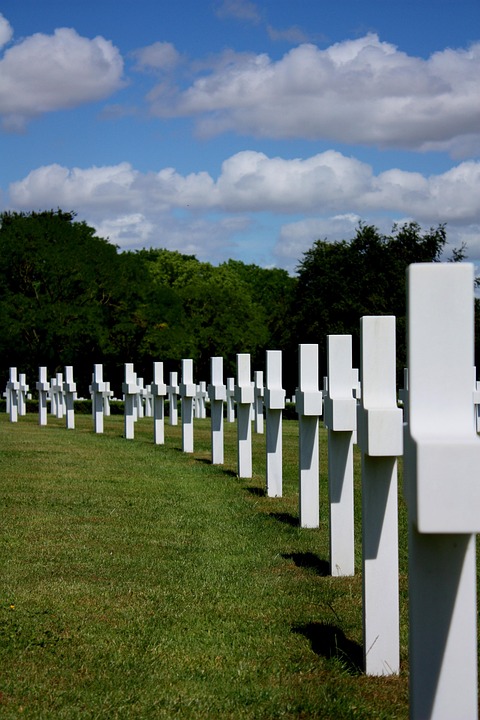War and Peace: The Dual Forces Shaping the Course of Humanity
Human history is a rich tapestry woven with threads of both war and peace. These two opposing forces have shaped civilizations, forged nations, and defined human experiences across centuries. As complex social constructs, war and peace encompass a myriad of dimensions—political, economic, cultural, and psychological. Understanding their duality provides insight into not just the past but also the trajectory of humanity as we step into an increasingly unpredictable future.
Historical Context: A Legacy of Conflict and Cooperation
From the earliest days of human society, conflict has been a constant companion. Historic tribal skirmishes evolved into expansive wars, while empires rose and fell through violence and conquest. The Greek city-states engaged in the Peloponnesian War, the Roman Empire expanded its territory through military might, and World Wars I and II profoundly reshaped the global order.
Yet, alongside this narrative of conflict lies an equally compelling story of peace. Treaties, alliances, and diplomatic negotiations have often followed the devastation of war. The Peace of Westphalia (1648) is heralded for establishing principles of national sovereignty, while the establishment of the United Nations after World War II exemplified a collective desire to prevent future conflicts through cooperation and dialogue.
The Nature of War: A Multifaceted Phenomenon
War, at its core, is a manifestation of human conflict—the culmination of disputes over territory, resources, ideology, and power. It can be characterized as both a necessary evil and a tragic inevitability within the human experience. While some argue that conflict is intrinsic to human nature, others posit that war often serves as a catalyst for social change.
Advancements in technology and warfare techniques have transformed how wars are fought, impacting both soldiers and civilians. The implications of total war, where entire nations are mobilized, contrast sharply with classical warfare, which involved combatants on the battlefield. This transformation raises ethical questions regarding the justifications for war and the humanitarian crises that ensue.
The Pursuit of Peace: A Dynamic Effort
Peace, conversely, is not merely the absence of conflict; it requires active engagement and the cultivation of understanding. Initiatives such as diplomacy, conflict resolution, and peace-building underscore the importance of dialogue in overcoming differences. Yet, peace is also fragile and often the product of compromise, requiring vigilance to maintain.
Movements advocating for peace, such as the anti-nuclear movements of the Cold War era, highlight the collective human effort to confront the specter of war. Iconic figures like Mahatma Gandhi and Martin Luther King Jr. championed non-violence, illustrating that peaceful resistance can be a powerful tool for social and political change.
The Modern Landscape: Globalization and New Challenges
In the 21st century, the dynamics of war and peace have evolved significantly. Globalization has interconnected nations, leading to unprecedented economic interdependence. While this interconnectedness can reduce the likelihood of war—nations entwined in trade are less likely to engage in conflict—it also presents new challenges such as cyber warfare, terrorism, and humanitarian crises that transcend borders.
The proliferation of information has also altered the perception of conflict. Social media serves as a double-edged sword, facilitating awareness and movements for peace while simultaneously spreading disinformation and fostering divisions. This complex social fabric necessitates a nuanced understanding of contemporary conflicts and the routes to peace.
The Path Ahead: Embracing Duality
The interplay between war and peace continues to shape the narrative of human existence. As we face the myriad challenges of the modern world—climate change, geopolitical tensions, and social inequality—it is imperative to acknowledge that both forces are fundamental to our collective journey.
The challenge lies in finding a balance—recognizing the historical lessons of conflict while embracing the transformative power of peace. Educators, leaders, and citizens alike must engage in dialogues that emphasize empathy, cultural understanding, and collaboration. By learning from history while forging new paths, humanity can aspire to cultivate a world where peace is not just a temporary reprieve from war but a sustained and active state.
In conclusion, the exploration of war and peace reveals their interdependency—each shaping the other in profound and intricate ways. As we advance into the future, it is essential for global citizens to actively participate in this ongoing narrative, aspiring to build not just a legacy of survival but one of thriving coexistence. Ultimately, the dual forces of war and peace remind us of the complexity of the human experience and our capacity for both destruction and reconciliation.
For further reading on the evolution of war and peace throughout history, please refer to relevant historical analysis and sociopolitical resources at [modern_footnote_source_link].


























Add Comment